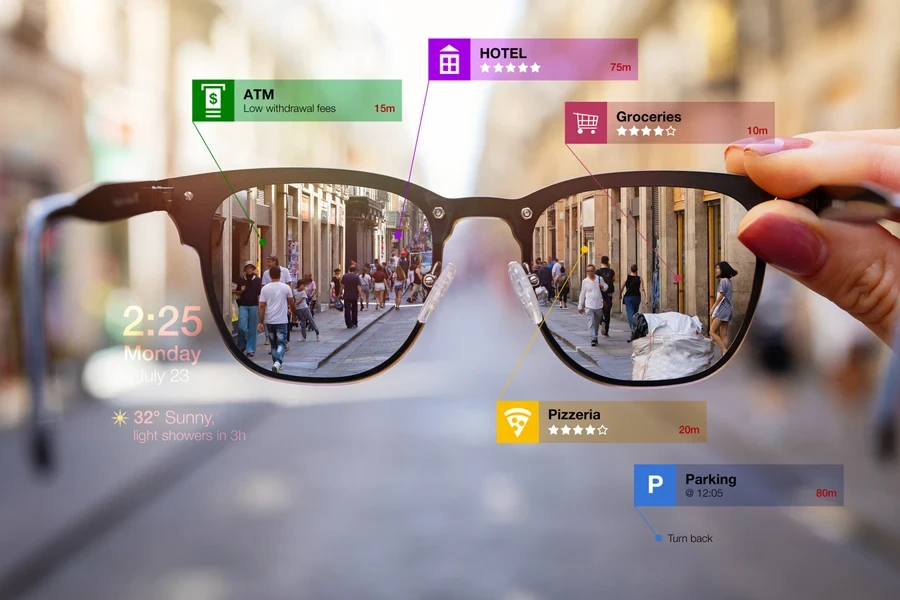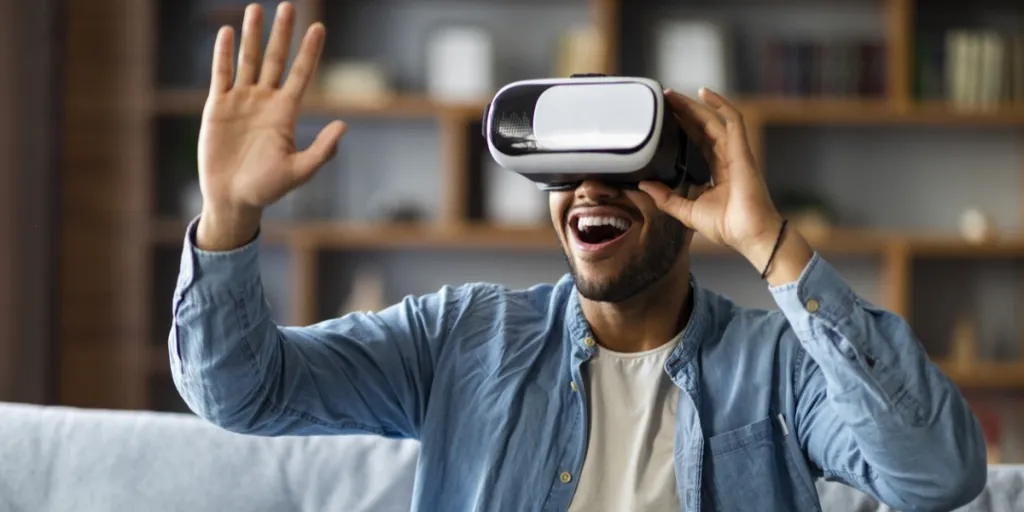Apple finally entered the virtual reality market this year with the long-awaited Apple Vision Pro, offering an incredibly immersive experience and smooth multitasking that feels straight out of a sci-fi movie. However, at a hefty USD 3,500, it’s well outside most people’s budget.
The good news is that there are plenty of fantastic alternatives that deliver a similar experience without the steep price tag. With these VR headsets, consumers can still transform their living space into a personal theater, boost their productivity with virtual screens, and escape to other worlds.
From top-rated VR headsets to sleek, smart glasses, read on for four excellent options to explore if you’re looking for affordable alternatives to the Vision Pro.
Table of Contents
Best overall: Meta Quest 3
Best for gaming: PlayStation VR2
Best AR glasses: Xreal Air 2 Pro
Best premium option: Meta Quest Pro
Apple Vision Pro: 4 Incredible alternatives that won’t break the bank
1. Best overall: Meta Quest 3
The Meta Quest 3 is perhaps the best VR headset on the market and even edges the Apple Vision Pro in terms of value, delivering much of what Apple’s headset offers but at a fraction of the price. Powered by the Qualcomm Snapdragon XR2 Gen 2 chip, the Quest 3 offers 2K resolution per eye, giving users a stunning 4K experience.
With a smooth 90Hz refresh rate and a wide 110-degree field of view, the visuals are incredibly sharp and immersive. While the battery life is under two hours, and there aren’t many mixed-reality apps yet, the Quest 3 remains a top choice.
Meta’s extensive app catalog and the option to connect to PC VR games via the Link cable add tremendous value. The best part? Consumers can get these features for just USD 499 – a huge saving compared to the Vision Pro.
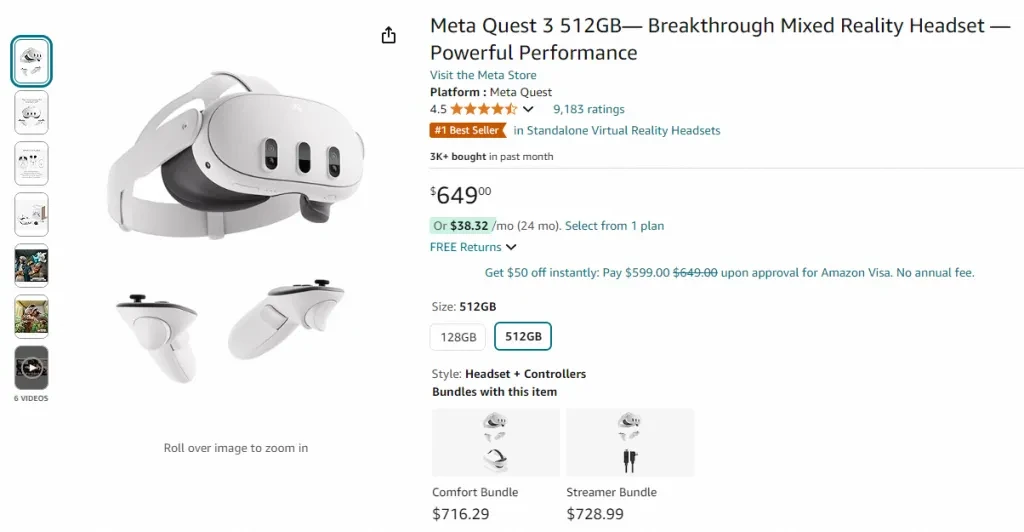
Reasons to buy
- Vibrant LCD
- Incredible full-color passthrough
- More comfortable than the Quest 2
- Impressive Touch Plus controllers
Downsides
- Lacks mixed reality features
- Hand-tracking feature may not be useful for many users
- Short battery life
2. Best for gaming: PlayStation VR2
While the Apple Vision Pro and Meta Quest 3 offer some gaming ability, Sony’s PSVR 2 is the best option for serious gamers. With its stunning OLED display, excellent controllers featuring haptic feedback similar to the PS5’s DualSense, and PlayStation’s growing library of titles, the PSVR 2 offers an unmatched AAA gaming experience.
Add 3D audio into the mix, and users have the ultimate setup for immersion. However, the biggest drawback is that customers will need a PS5 to enjoy this experience, meaning the total cost easily tops USD 1,000. While the Quest 3 has a larger game library, the PSVR2 shines with titles like Horizon Call of the Mountain and Gran Turismo 7 – the ultimate pick for gaming enthusiasts.
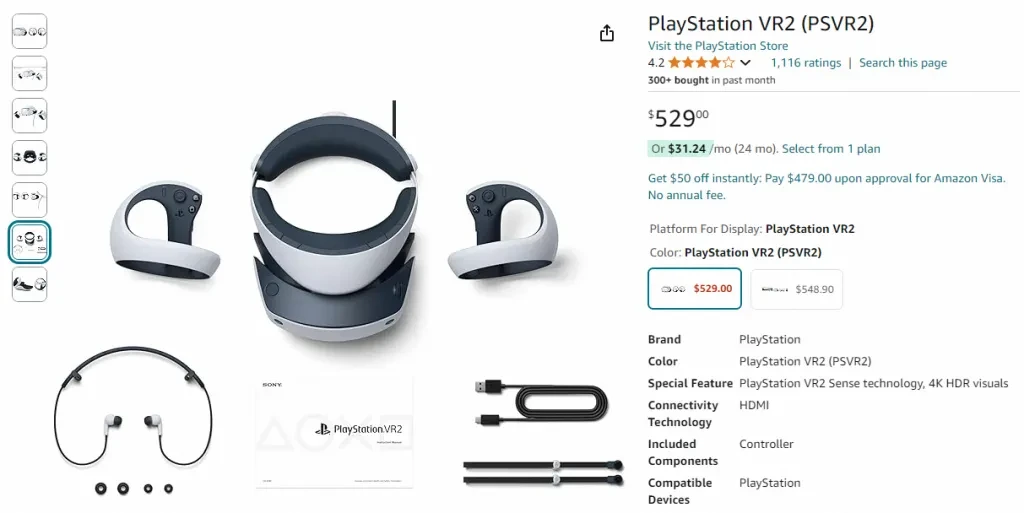
Reasons to buy
- Incredibly easy to set up
- Amazing display
- Great controls with haptic feedback
- Offers a fantastic VR experience overall
Downsides
- Controller straps may feel awkward
- More expensive than the PS5
3. Best AR glasses: Xreal Air 2 Pro
AR glasses have become an exciting, low-profile way to combine the real world with digital enhancements, making them a great alternative to the Apple Vision Pro. Right now, the best setup combines the Xreal Air 2 Pro with the Xreal Beam Pro. While this, at just under USD 700, is still relatively expensive, it’s still much cheaper than the USD 3,500 Vision Pro.
The impressively immersive experience comes from two lightweight devices that easily fit in a backpack. The glasses feature stunning OLED panels and a comfortable design, with a USB-C cable that connects to any video-supported device (like a laptop or handheld gaming console). However, the real fun begins with the Beam Pro.
With an appearance like an Android phone, the Beam Pro’s Nebula OS app provides a Vision Pro-like interface for various content. The glasses also have Google Play Services, giving access to all Android apps in AR. That means they can download Netflix shows for flights or multitask with Chrome and Google Docs. While this combo has yet to fully integrate VR, users can use a touchpad and gyroscope for tracking.
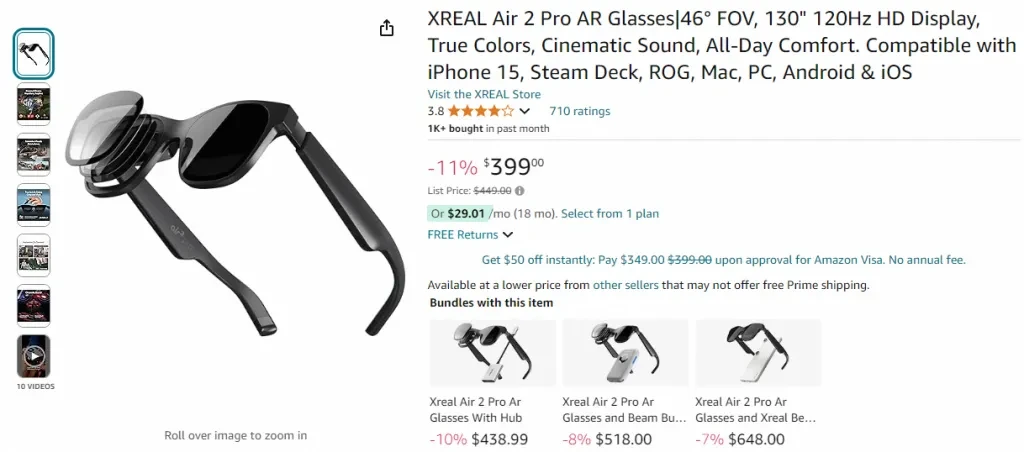
Reasons to buy
- Offers a beautiful display
- Intuitive UI
- Google Play services for an unmatched experience
- Very comfortable to wear
Downside
- Although cheaper than the Vision Pro, they’re still expensive
- Doesn’t have the best battery life
- May fit a bit large on smaller faces
- May not have enough power for multitasking
4. Best premium option: Meta Quest Pro
The Meta Quest Pro is a strong premium alternative to the Apple Vision Pro, saving consumers at least USD 1,500. Unlike the Quest 3, which has a focus on general VR use, the Quest Pro is designed for advanced productivity tasks like engineering, creative projects, and large-scale design work (like architecture).
While the Quest 3 can handle most of what the Quest Pro offers at half the price, there’s no denying that the Quest Pro delivers a great experience with a sleek, comfortable design. At USD 999, the Quest 3 is significantly cheaper and is likely worth the investment for those who need to work with high-end features for complex tasks.
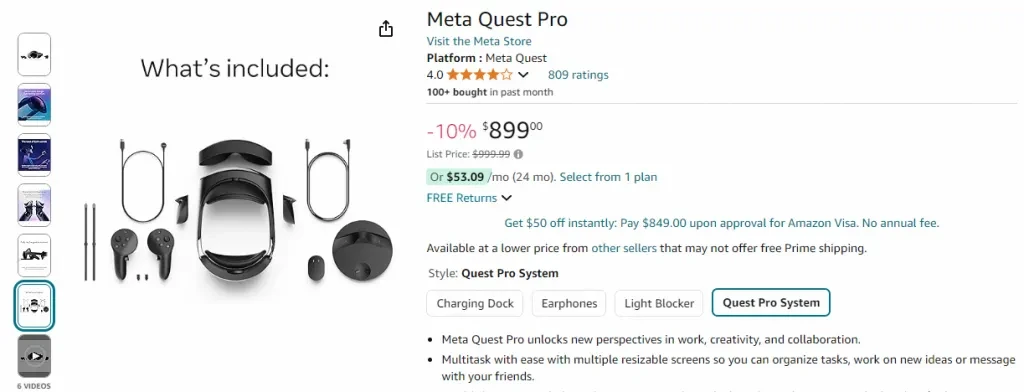
Reasons to buy
- Incredibly comfortable to wear
- Offers immersive spatial audio
- Fit means that users aren’t cut off from the real world
Downsides
- Battery doesn’t last long even on a full charge
- Working using VR is still somewhat a challenge
Conclusion
While none of these headsets can fully match the features packed into the Apple Vision Pro, especially when you take into consideration the integration of Apple’s apps and signature user-friendly design, but they do offer many similar features for less than half the price. Some even do things the USD 3,500 Vision Pro can’t do.
Of the options above, the Meta Quest 3 is perhaps the best choice, especially for users who are into gaming or fitness. But if they are more interested in eye-tracking and more advanced features, the Quest Pro (albeit a niche option) is likely to provide a more tailored experience. Lastly, if consumers just want a personal, portable display for watching movies and gaming on the go, the Xreal Air 2 Pro is one of the best picks.
As the virtual space continues to grow, keep an eye on the market to research which of the latest technologies are likely to appeal most to your customers.
